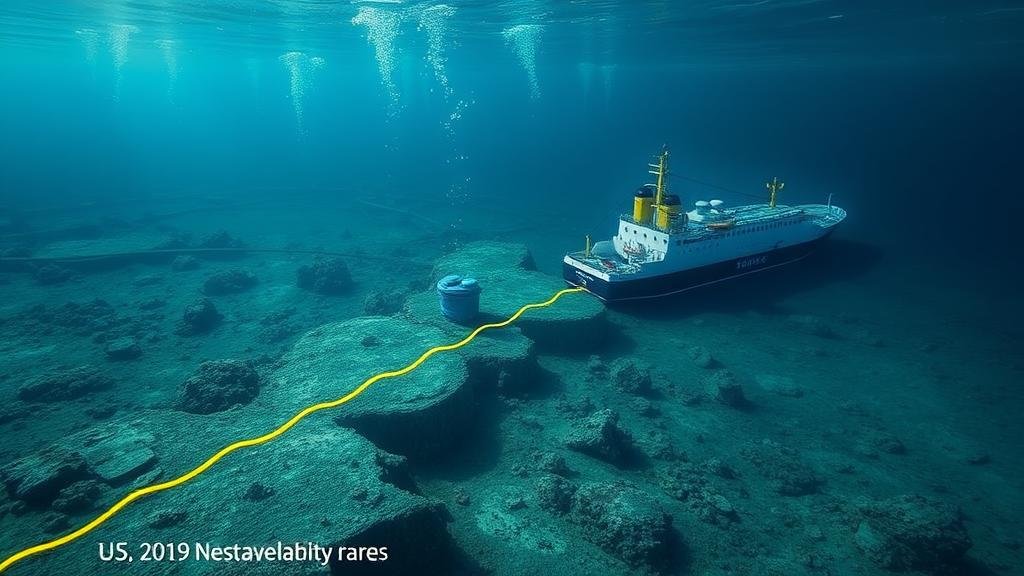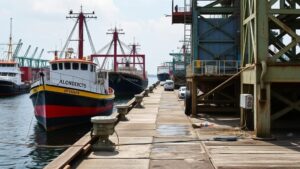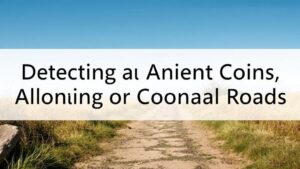Detecting in Underwater Fault Lines Known for Ship Groundings
Detecting Underwater Fault Lines Known for Ship Groundings
Understanding the geological features of the ocean floor is essential for maritime safety. Underwater fault lines can lead to significant maritime hazards, primarily through their potential to create sudden groundings of vessels. This article will explore how to detect these underwater fault lines, the technologies involved, and the implications of these findings for maritime operations.
The Importance of Underwater Fault Lines
Underwater fault lines are fractures in the Earths crust where tectonic plates meet. e geological features can be responsible for seismic activity that not only affects coastal areas but also has profound implications for maritime navigation. Ship groundings in these areas pose risks to vessels, crew, and the environment.
Types of Fault Lines
Fault lines can be categorized into several types, each with unique characteristics:
- Normal Faults: Formed by extensional forces where the crust is stretched, leading to vertical displacements.
- Reverse Faults: Occur under compressional forces, causing one block of crust to be pushed over another.
- Transform Faults: Characterized by horizontal movements, these faults can create complex underwater topographies.
Understanding these faults is crucial as they can create sudden changes in the ocean floor that may catch vessels off guard.
Technological Tools for Detection
Modern technology has significantly advanced our ability to detect underwater fault lines. Several methods are commonly used:
- Multibeam Echo Sounders: These devices send out multiple sonar beams to create high-resolution bathymetric maps of the sea floor.
- Side-Scan Sonar: This technology provides images of the sea bed and can reveal geological features such as fault lines.
- Submersible and ROV Imagery: Remotely Operated Vehicles (ROVs) can visually inspect underwater structures and collect valuable data on fault characteristics.
For example, the use of multibeam echo sounders in the Gulf of Mexico has allowed for detailed mapping of fault lines associated with historical ship groundings, helping the maritime industry to identify areas of concern.
Case Studies and Examples
Several notable case studies illustrate the impact of underwater fault lines on shipping safety:
- The Costa Concordia Grounding (2012): While the grounding was primarily due to human error, the effects of nearby underwater geological features were noted during investigations.
- MV Mistral Incident (2016): The vessel ran aground near a known fault line, underscoring the importance of pre-voyage surveys to ensure safe passage.
These cases highlight the critical need for ongoing research and monitoring of underwater fault lines to prevent future incidents.
Environmental Implications
Groundings not only endanger vessels but can also have severe ecological impacts. Accidental spills of fuel and cargo can devastate marine ecosystems. Identifying underwater fault lines allows for enhanced planning and mitigation efforts.
A study from the Marine Policy Journal indicated that areas prone to ship groundings due to geological formations often experience a 30% increase in pollution incidents. This data emphasizes the need for thorough underwater mapping.
Future Directions in Research and Technology
The field of underwater fault line detection is rapidly evolving. Future research may include:
- Integration of AI and Machine Learning: These technologies may help in analyzing large amounts of data collected from sonar and imaging equipment, allowing for more efficient detection of hazardous fault lines.
- Collaboration among Agencies: A coordinated approach involving maritime authorities, geologists, and environmental scientists can lead to better predictive models regarding ship groundings.
Incorporating these advancements can greatly enhance the safety of maritime navigation.
Actionable Takeaways
To mitigate risks associated with underwater fault lines known for ship groundings, the maritime industry should:
- Invest in advanced sonar mapping technologies to regularly assess high-risk areas.
- Use an ongoing training program for navigators focusing on geological features that affect routing decisions.
- Encourage research on the long-term impacts of groundings near fault lines to inform regulatory measures.
By recognizing the importance of underwater fault lines and employing effective detection methods, both maritime safety and environmental protection can be significantly improved.



